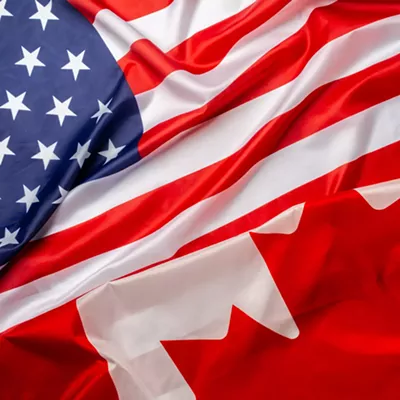Life is a game, Spokane is the board and you, my fine friend, are merely a pawn. And if you have kids or a job that requires driving from one end of Spokane to the other, you are a frazzled pawn. Thanks to voter approval last fall of a street repair bond -- the Holy Grail of local traffic engineers -- the annual summer road construction game of Arterial Blockage is in high gear.
It's nice that something is in high gear, because many commuters find themselves creeping along in low.
"Patience is going to be needed," says Tom Arnold, director of the city's traffic engineering department.
As he says that, he smiles a calm smile.
Arnold looks like a decent guy. He's pleasant and clean-cut. He wears a polo shirt from the Sydney Olympics. In short, he looks like your average Spokane guy, cheery and helpful.
You'd never know that by scheduling street repair projects, he has the diabolical power to bring the city to a standstill.
So you thought you could knife past the Third Avenue tear-up via the Maple Street Bridge? What about the day last week when the bridge resembled a parking lot in the sky?
Ooohh. That was a problem, Arnold says with mild-mannered shake of his head.
So you thought you could sidle around the Third Avenue and Maple Street Bridge cluster by whipping around on Government Way and doing the Bloomsday course in reverse?
Ha! Welcome to water main installation. You are stuck for 30 minutes at the cemeteries with the stroller crowd, not the Kenyans.
Trying to bust outta downtown? Quick, which north-south street has just shut down for construction cranes to set up? Which intersection is blocked by a utility crew? Which lanes are shut down so city workers can change bulbs in the streetlights?
Finally clear of downtown? Guess what, there's repaving on North Monroe and intersections closed to put in a roundabout near Albi Stadium.
It's one crazy, tangled mess blending into another until harried drivers are ready to fling $3.50 lattes around their cars like a 2-year-old's sippy-cup in a tantrum.
And that was just the appetizer.
"To add to the confusion," the amiable, imperturbable Arnold says, "we are starting work on Washington and Stevens."
Yes, Washington and Stevens, among the main traffic arteries up and down the South Hill, are being ripped apart for major repair starting now.
"If anything, we are ahead of schedule," the unflappable Arnold says.
Ahead of schedule to cause civic blood pressure to reach record levels? They track these things?
No. Unlike that rogue traffic engineer Darth Detour, Arnold has vowed to use his powers only for good.
"We have a lot of 100-year-old streets," Arnold says, adding that they in some instances were never built to a high standard in the first place.
North Monroe is a prime example, he says. When workers began grinding away the surface pavement to smooth things out, they hit bare dirt an inch-and-a-half down. Typical road construction has at least four inches of surface asphalt atop at least as much base material, Arnold says.
"And this is what everybody's driving on -- all the cars, all the heavy trucks," he says, betraying just a smidgeon of irritability. "It's no wonder the streets don't stand up."
But the voter-approved street repair bonds will change the face of Spokane ... or at least, like industrial botox, what's right under the face.
Underneath major arterials in Spokane lie a maze of wires, pipes and cables -- some active, some long abandoned. Sometimes you can only tell which is which by smacking them with a backhoe.
Which is what happened to halt traffic on the Maple Street Bridge last week.
"Someone hit a Qwest cable and they had to bump out into the intersection to repair it," Arnold says. Construction flaggers don't have the authority to override traffic signals, he says, and by the time a police officer reached the scene, traffic was at a standstill.
Farther down Third, excavators uncovered a large fuel tank buried under the street near an auto dealership. Nobody seems to know how it got there.
Matching grants allow the city to not only contract to dig up and repave a major arterial such as Third Avenue, but also replace century-old water mains with larger, newer pipes less prone to breaks and leaks.
The larger water mains along Third and Government Way allow the city to meet domestic needs far above levels that were predicted 80 to 100 years ago.
"My analogy is that good streets are like good furniture," Arnold says. "If you have a good solid piece of furniture you can sand out a blemish and refinish it. If it's just laminate over particleboard, if you break through the laminate then water gets in and the post begins to swell and the piece falls apart."
Without a reliable funding source, Spokane in the past has had the laminate of street repair.
"People wonder why our roads fall apart so quickly -- well, that's why," Arnold says. "Unfortunately, they were built that way, and we inherited them."
The street repair bond, he added, "Allows us to invest in the future."
For the next few years, however, just don't expect to get to the future in high gear.
One of the reasons Third Avenue is being done this summer, Arnold says, is that next summer the state Department of Transportation will be shutting down the Interstate 90 viaduct through Spokane for repair and guess where the detour traffic will go?
You know what they say: The road to hell is paved every summer.
Publication date: 06/02/05
















